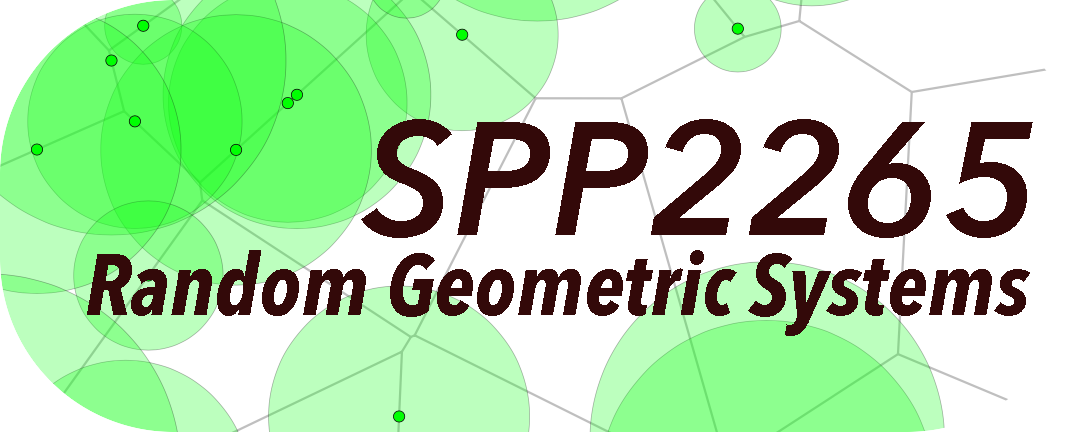Morphometric Roughness of Nanostructured Surfaces
Description Phase 2
Description Phase 1
Surfaces with roughness on the nanoscale offer promising prospects for
applications such as reducing or preventing pathogens from adhering to the surface of implants.
The proposed project will develop a rigorous morphometric analysis to unravel the complex interplay of the random geometries and physical properties, in particular bacterial adhesion.
In a direct collaboration of theory and experiment, we develop a precise description of surface roughness that captures global features and correlations while being suitable for daily laboratory use. This includes improved shape descriptors (based on Minkowski functionals) and measurement protocols, as well as the development of process-driven physical models of nanostructured surfaces (rigorously expressed as random fields), and statistical hypothesis tests.
The mathematical analysis is motivated by the experimental challenges of nanostructured surfaces and applied to AFM measurements to provide new standard techniques for characterizing nanostructured surfaces in experiments.
Preprints/Publications
Jens U. Neurohr, Friederike Nolle, Thomas Faidt, Samuel Grandthyll, Anton Wittig, Michael A. Klatt, Karin Jacobs, Frank Müller: Impact of geometry on chemical analysis exemplified for photoelectron spectroscopy of black silicon (08/2023)
Christian Spengler, Erik Maikranz, Bernhard Glatz, Michael Andreas Klatt, Hannah Heintz, Markus Bischoff, Ludger Santen, Andreas Fery, Karin Jacobs: The adhesion capability of Staphylococcus aureus cells is heterogeneously distributed over the cell envelope (05/2023) published
Members
-
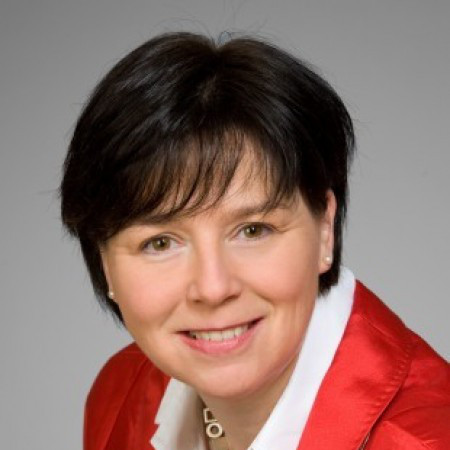
Prof. Dr. Karin Jacobs
Universität des Saarlandes
Principal Investigator -
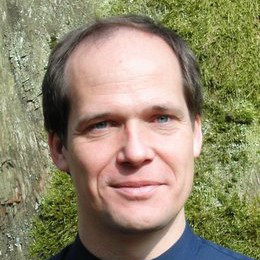
Prof. Dr. Klaus Mecke
Friedrich-Alexander-Universität Erlangen-Nürnberg
Principal Investigator -
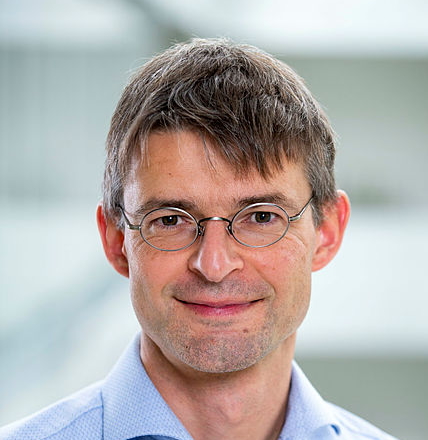
Dr. Steffen Winter
Karlsruher Institut für Technologie
Principal Investigator -

M. Sc. Maxim Glyzhev
Karlsruher Institut für Technologie
Associated Scientist -
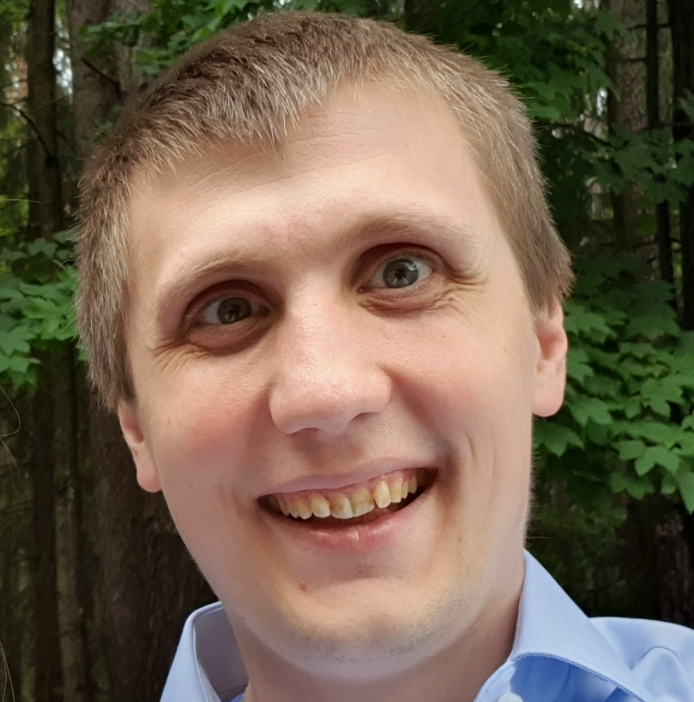
Dr. Michael Andreas Klatt
German Aerospace Center (DLR)
Associated Scientist -

M. Sc. Jens Uwe Neurohr
Universität des Saarlandes
Associated Scientist -

Dr. Dominik Pabst
Friedrich-Alexander-Universität Erlangen-Nürnberg
Associated Scientist
